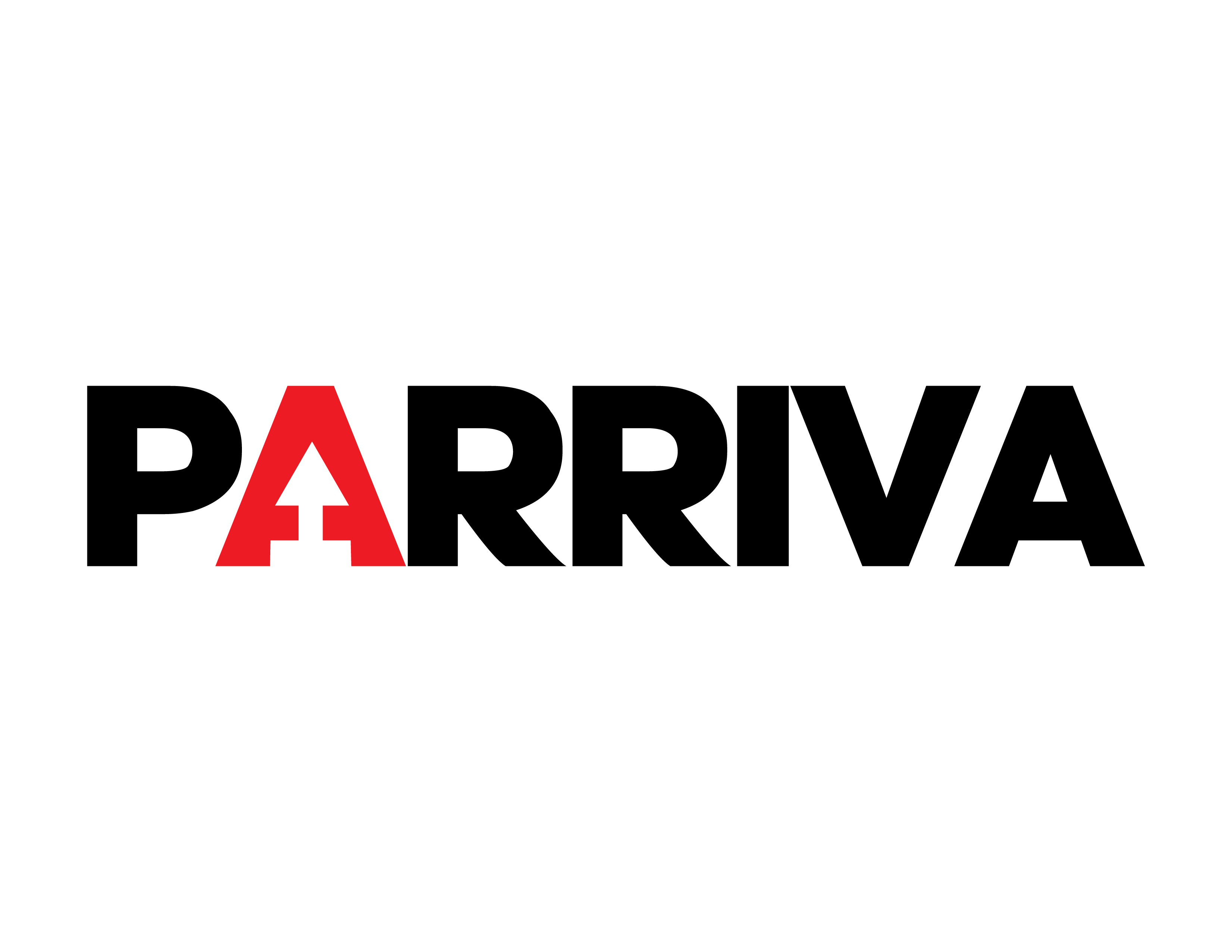As automation takes over, marketers grapple with the balance between machine efficiency and emotional connection.
Digital marketing in the United States is evolving at a rapid pace, with artificial intelligence (AI) reshaping the way brands connect with their audiences. The key challenge for businesses today is how to embrace this technology while maintaining a human touch.
According to HubSpot’s 2024 State of Marketing report, companies across the U.S. are leveraging modern tools to stay ahead of trends and tackle new challenges. So, what are the main drivers of this transformation—and how are businesses adapting?
- AI: A Game-Changer for Modern Marketing
Artificial intelligence is one of the most talked-about developments in marketing. In the U.S., over 50% of businesses have increased their use of AI tools in the past year, and more than 90% of marketers view AI positively.
Top Benefits:
- Automation to streamline marketing campaigns
- Real-time content personalization
- Predictive analytics for smarter strategies
AI has sped up the evolution of marketing, allowing teams to be more efficient and focused. But there’s a catch.
While AI is proving to be a powerful productivity tool, 54% of marketing professionals worry about its potential to reduce job opportunities. Data privacy is another concern, with 45% expressing unease over how consumer data is handled. Additionally, 40% are cautious about relying too heavily on generative AI, fearing a loss of authenticity in brand messaging.
The message is clear: AI can be a great assistant, but it’s not a replacement for human strategy and creativity.
- Omnichannel Marketing: Be Where Your Customers Are
In today’s U.S. digital landscape, being present on multiple channels isn’t optional—it’s expected. From social media and websites to live events and webinars, brands need to meet consumers where they are.
According to the same HubSpot study, the most effective channels for lead generation are:
- Social media (especially TikTok, Instagram Reels, YouTube Shorts)
- Well-optimized corporate websites with strong SEO strategies
- In-person and virtual events that create memorable experiences
The challenge? Creating content that not only attracts users but also delivers measurable ROI.
- Video Content: The King of Engagement
Short-form video is dominating U.S. marketing strategies in 2025. With 68% of marketers citing it as the format with the highest return on investment, it’s far ahead of brand-value storytelling (27%) and influencer marketing (22%).
What’s fueling this trend?
- The rise of authentic, relatable content
- A shift toward visual-first consumption habits
- Growing investment in platforms like TikTok and YouTube Shorts
U.S. brands are doubling down on social media budgets, with 58% increasing spend on TikTok. There’s also a noticeable push to invest in website design and content that authentically reflects brand values—something consumers are prioritizing more than ever.
Leading platforms:
- TikTok: Highly viral, youth-driven audience
- Instagram Reels: Visually compelling and fast-paced
- YouTube Shorts: Expands reach with global visibility
- Challenges in the Digital Era
Despite all the momentum, marketers in the U.S. face several hurdles. The HubSpot report highlights key areas where professionals are still struggling:
- Job security: 54% worry automation may reduce hiring in the industry
- Data privacy: 45% are concerned about managing customer information safely
- AI authenticity: 40% are skeptical about how generative content affects brand trust
Additionally, keeping up with new tech, strengthening influencer strategies, and staying truly connected to evolving consumer needs are ongoing concerns.
The future of digital marketing in the U.S. is being shaped by innovation, but success still hinges on human creativity, empathy, and adaptability. For entrepreneurs and startups, this means building strategies that not only embrace technology but also focus on authentic customer connections and cost-effective execution.
At the end of the day, the real power of digital marketing lies not in the tools themselves—but in how we use them to create valuable, human-centered experiences.

